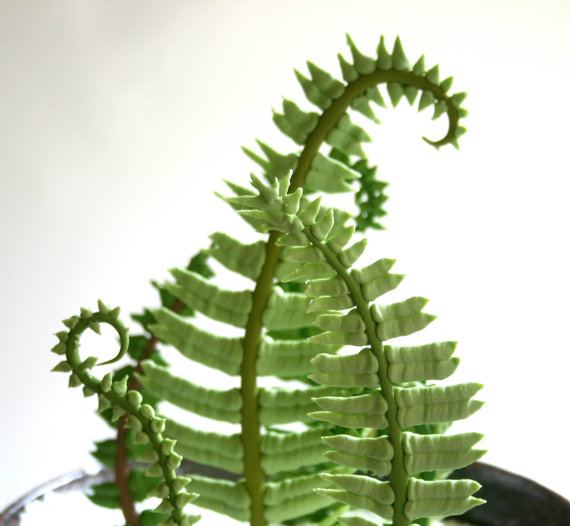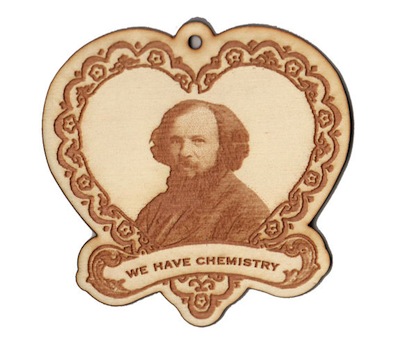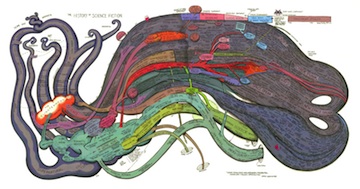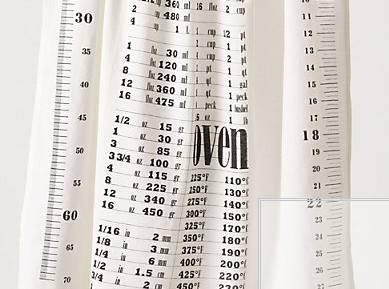I’ve been spending too much time browsing etsy lately – it’s like windowshopping, only I don’t have to go out in the dismal drizzle that is Cambridge in March. One of the wonderful, fanciful shops I found is Andie’s Specialty Sweets. It turns out that if you ever wanted to have your wonder cabinet and eat it too, YOU CAN!

edible sugar fan coral and shells – click here to see more of the shells.
Every once in a while I run across something that represents core, archetypal, this-is-why-I-made-the-word-up bioephemera. I can’t think of a better example than illusory leaves, shells, and insects made out of sugar and chocolate. They’re ephemeral portrayals of ephemeral nature, designed to tickle the senses, and they are simply delightful.
Yes, the time lavished on them is clearly out of proportion to the time they’ll linger on the tongue, and I haven’t tasted them in person (the reviews I’ve read are highly complimentary, FYI). But I think these old-fashioned candies would make the most beautiful wedding cake decorations I can possibly imagine. And party decorations – I have an antique lab glass cloche, and when I have more disposable income. . . maybe a sugar wonder cabinet centerpiece?




